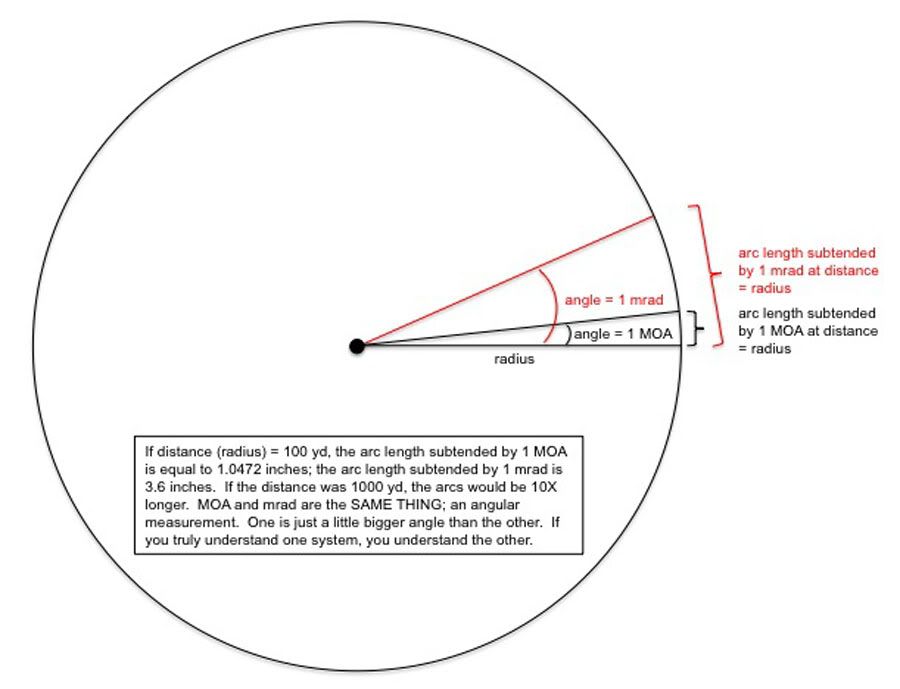This is my first time shooting a rifle with a scope.
Its a Gap-10 .308 20" , Vortex Razor 5-20 mil/mil ebr-2b 1 click=.1mrad. Scope is on a 20moa AD mount.
Ammo used was federal 150 grain.
Set up the target at 100 yards.
I thought it would be easy to sight in, but I had a hard time. It was just a pick up the rifle and go to the range last minute thing.
So after about 15 rounds, I noticed I was shooting over the target and to the right.
I did some experimenting with aiming at different parts on the target, and found if I put the crosshair at the center of the bottom left diamond of the target, I was able to get shots closer to the center of the circular target. The bottom left diamond center is 12" lower and 4" to the left of the center from the circular target.
So I need to use my adjustment knobs, but did not bring my scope booklet with me.
I havent read anything yet, but need to order a book or do some online training definitely.
So looking at the target and where I was shooting, which knobs should I move, which direction, and how many clicks? If this is easy for you pros to explain.
I am looking forward to hitting the range 2x per week starting next week, and picking up a book.
I do have 175 gr match ammo, but didnt want to waste it.

Its a Gap-10 .308 20" , Vortex Razor 5-20 mil/mil ebr-2b 1 click=.1mrad. Scope is on a 20moa AD mount.
Ammo used was federal 150 grain.
Set up the target at 100 yards.
I thought it would be easy to sight in, but I had a hard time. It was just a pick up the rifle and go to the range last minute thing.
So after about 15 rounds, I noticed I was shooting over the target and to the right.
I did some experimenting with aiming at different parts on the target, and found if I put the crosshair at the center of the bottom left diamond of the target, I was able to get shots closer to the center of the circular target. The bottom left diamond center is 12" lower and 4" to the left of the center from the circular target.
So I need to use my adjustment knobs, but did not bring my scope booklet with me.
I havent read anything yet, but need to order a book or do some online training definitely.
So looking at the target and where I was shooting, which knobs should I move, which direction, and how many clicks? If this is easy for you pros to explain.
I am looking forward to hitting the range 2x per week starting next week, and picking up a book.
I do have 175 gr match ammo, but didnt want to waste it.



